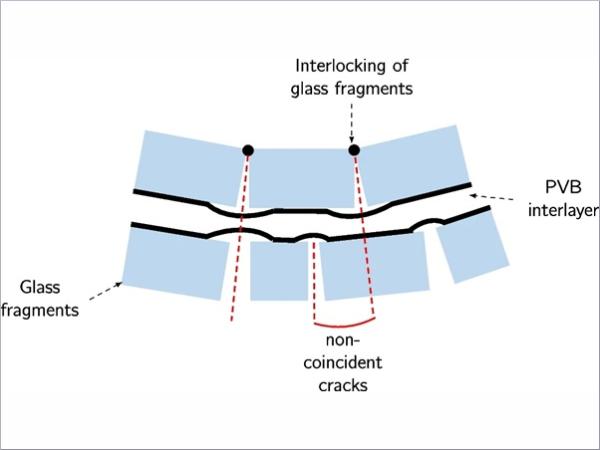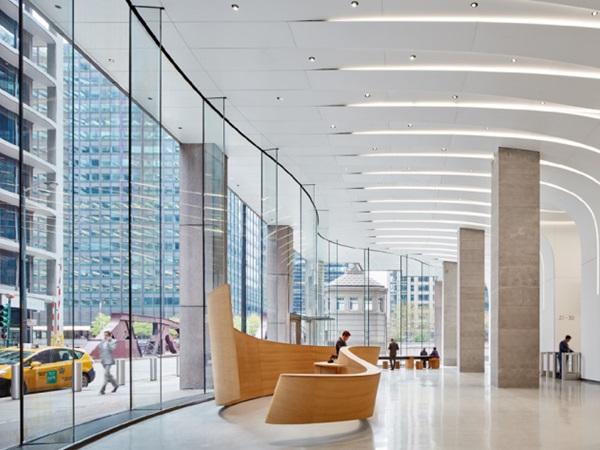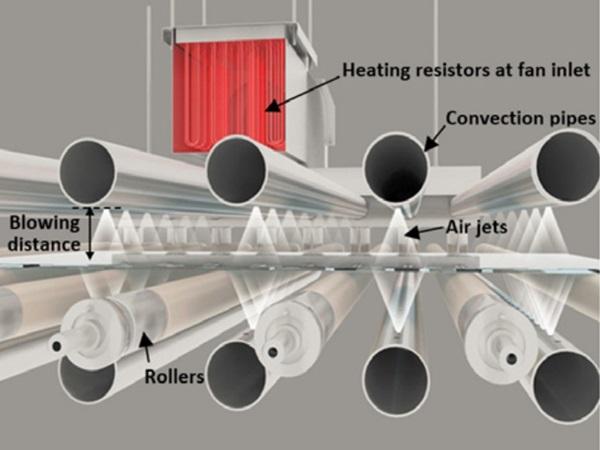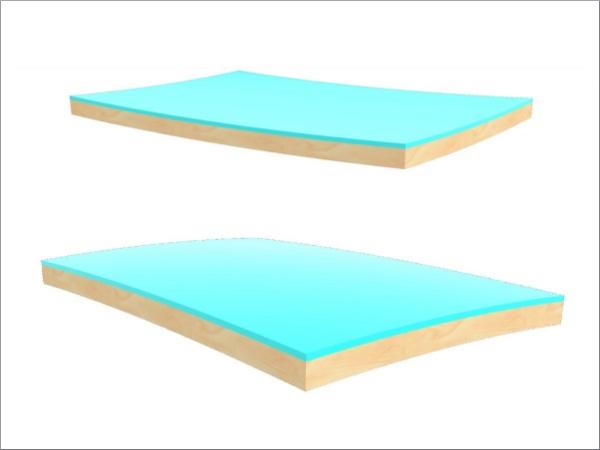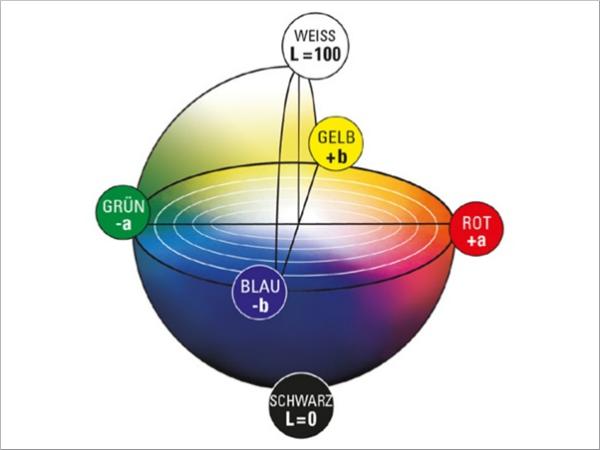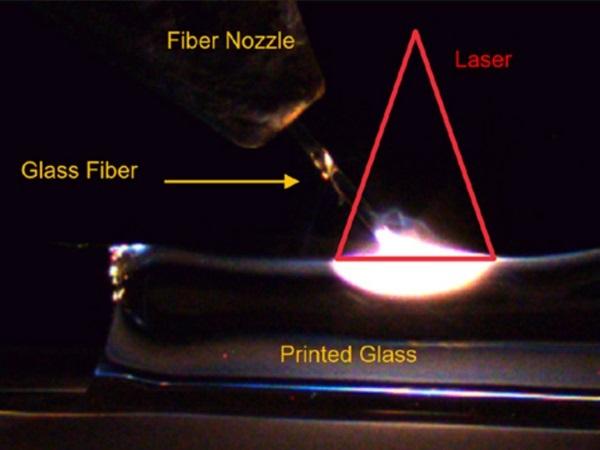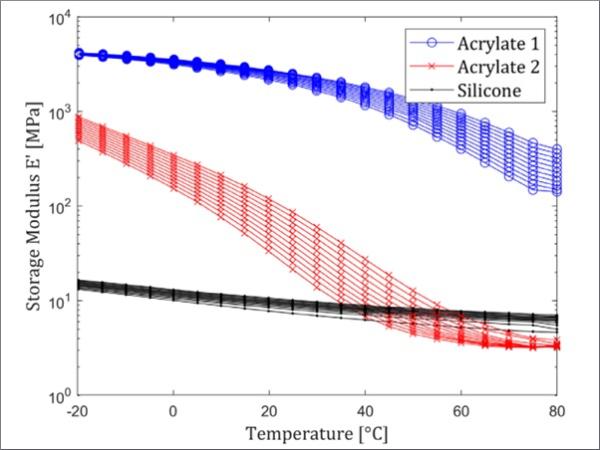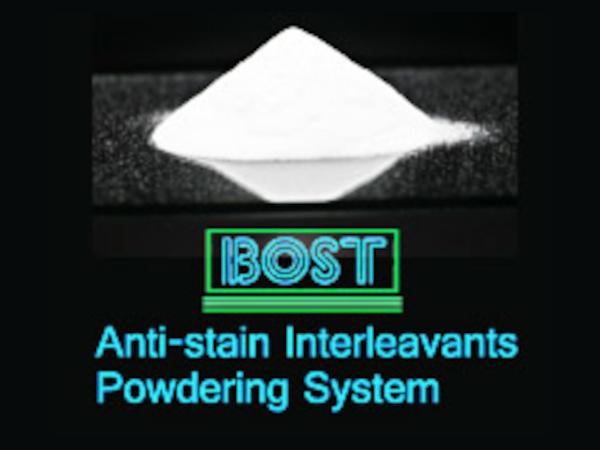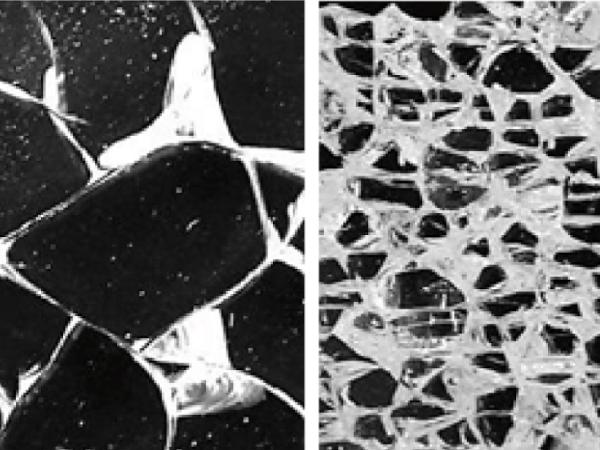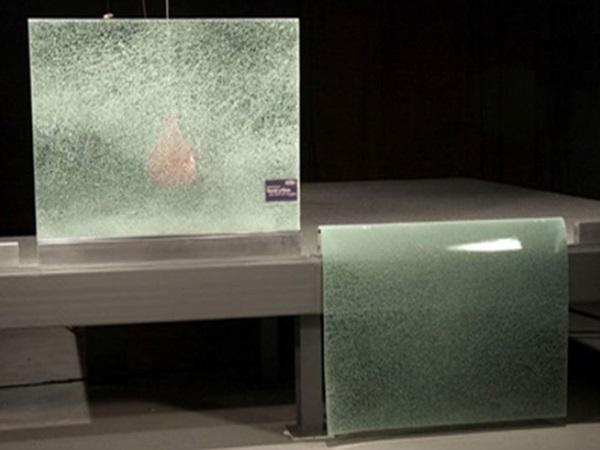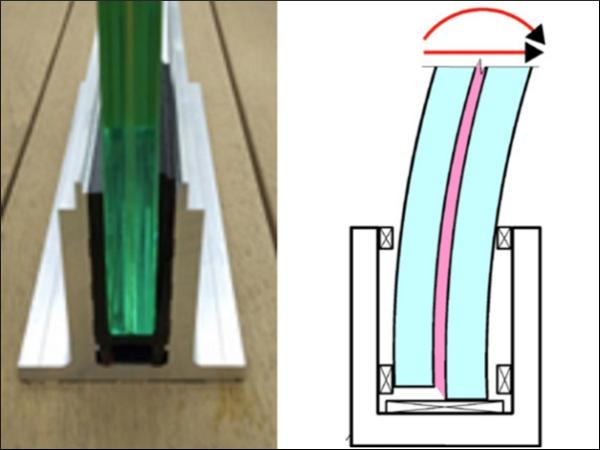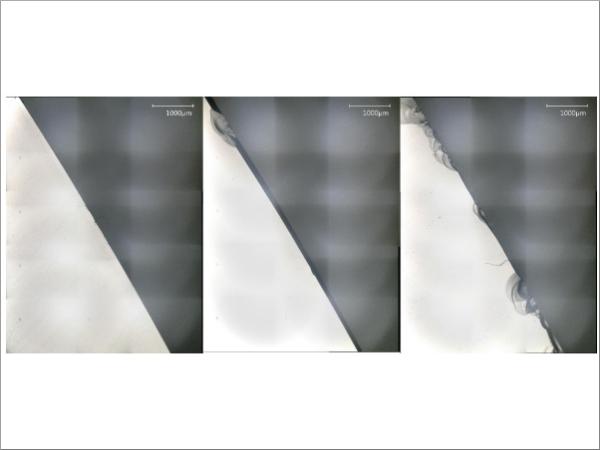Others also read
| In this paper, the anticlastic cold bending test was conducted to explore the influence of various factors, including aspect ratio, scale and composition of the plates.
| This paper investigates the post-fracture spring-back effect and the post fracture behaviour in warm bent glass, aiming to assess its safe use in structural glass applications.
| The four point bending test is one of the most commonly used and standardised tests to determine the mechanical properties of materials.
| The aim of this work is to investigate how the load level affects the crack propagation and to generate an experimental database for L-shaped soda-lime glass specimens with curved crack paths.
| The research presents advantages and disadvantages for each different load type regarding interlayer chemical response.
| The paper will show the critical aspect of using the right lighting and lenses and the settings needed to obtain high quality images of complex 3D damage.
| This paper presents the findings of the evaluation of an epoxy adhesive for structural glass to steel continuous bonds.
| The study is based on an extensive experimental campaign and an associated parametric study to test alternative designs under both quasi-static and dynamic loading conditions.
| Today talking about the trends, challenges, and innovations of flat glass lamination on Glastory.
| This contribution introduces concepts for prestressing laminated glass beams with Fe-SMA tendons adhesively or mechanically connected to the glass beams.
| This work investigates the numerical modeling of two different UV-curing acrylate adhesives in terms of the bulk material and in the application as point fixing.
| Proposal for a simplified engineering approach.
| The objective of this study is to understand the response of laminated glass under high-rate bending in the laboratory at rates representative of blast loading.
| The redeveloped CME Center lobby is defined by a striking, wavelike 24’ tall glass façade.
| The ability to predict interlayer and glass temperatures in the glass lamination process is the key factor for success.
| Glass timber panels (GTP) combine the visual effect of noble and high-quality wood materials at the same time meet-ing the hygiene requirements for the health and welfare sector. This paper describes the fabrication requirements and techniques of GTP.
| In this contribution, a long-lasting natural weather testing of several glass types, mostly LSG with different interlayer materials, and the effect of the different color patterns of paper and textile specimens are presented.
| The present study investigates the loadbearing capacity of additive manufactured components composed of glass.
| This paper delves into the potential of two UV-curing acrylate adhesives, scrutinizing their material behavior through meticulous uniaxial tension tests and dynamic mechanical-thermal analysis.
| Implementing quality controls and checkpoints during production and inspecting 100% of the tempering process, guarantees less rejections in the field converting into more profit.
| Choosing the right interleaving powder for glass separation is crucial for protecting glass surfaces in various industries.
| An equivalent temperature difference model for engineering glass design
| The use of laminated glass with PVB and ionoplast interlayers not only offers improved safety but can also be designed to help mitigate security threats ranging from basic safety to burglary and forced entry resistance and even ballistic protection.
| Application to cantilevered balustrades
| Investigations of different positions of the sphere and the satellite and their effect on stress distribution are studied. Both, experimental observations and computational FEM simulations are compared.













